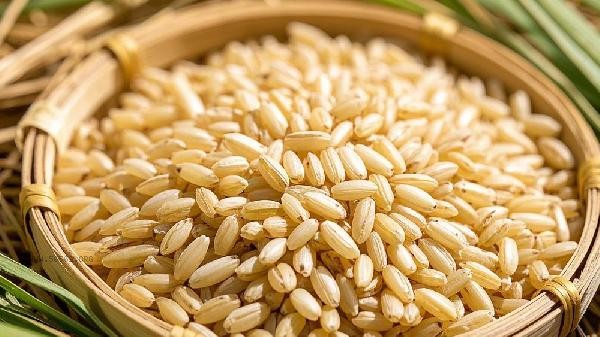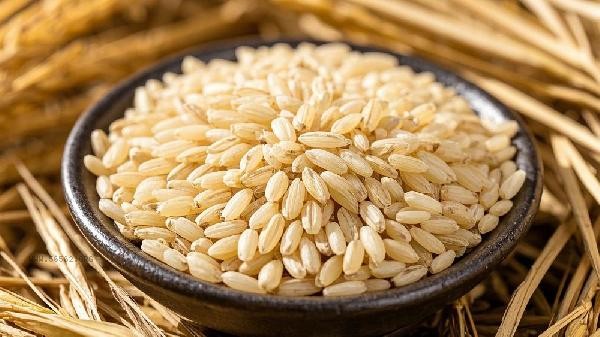The recommended ratio of seven color brown rice should be controlled at about one-third of the total staple food, and the specific ratio can be adjusted according to individual digestive ability and nutritional needs. The types of brown rice can include black rice, red rice, purple rice, oat rice, buckwheat rice, Job's tears rice, sorghum rice, etc. When pairing, it is recommended to choose 3-5 mixed varieties. Brown rice is rich in dietary fiber and B vitamins, but excessive consumption may increase the burden on the gastrointestinal tract. It is recommended that first-time users start with a small amount and cook a mixture of seven colored brown rice and white rice in a ratio of 1:2. After adaptation, gradually increase the ratio of brown rice to 1:1. People with weaker digestive function can choose relatively easy to digest varieties such as oat rice and red rice to reduce the proportion of Job's tears and sorghum. When pairing, pay attention to the differences in water absorption and cooking time among different varieties. Purple rice and black rice should be soaked in advance, while buckwheat rice and oat rice can be placed later.

Special populations need to adjust their allocation accordingly. Diabetes patients can increase the proportion of black rice and buckwheat rice to 50%, using its low glycemic index characteristics. People with anemia can increase the dosage of red rice and purple rice to supplement iron elements. Patients in the recovery period after gastrointestinal surgery are advised to temporarily replace some brown rice with millet and germ rice. It is recommended that the total amount of brown rice consumed by children should not exceed 20% of the staple food, and semi brown rice with some bran removed should be preferred.

Long term consumption of seven color brown rice should pay attention to nutritional balance, and it is recommended to pair it with high-quality protein and vitamin C-rich ingredients to promote mineral absorption. Phytic acid in brown rice can affect calcium and iron absorption, which can be reduced through fermentation or germination treatment. The ratio can be dynamically adjusted in different seasons. In summer, the proportion of Job's tears can be increased to promote moisture, while in winter, black rice can be used as a warm supplement. When storing, it should be sealed and moisture-proof. It is recommended to consume the mixed seven color brown rice within two months to ensure freshness.









Comments (0)
Leave a Comment
No comments yet
Be the first to share your thoughts!